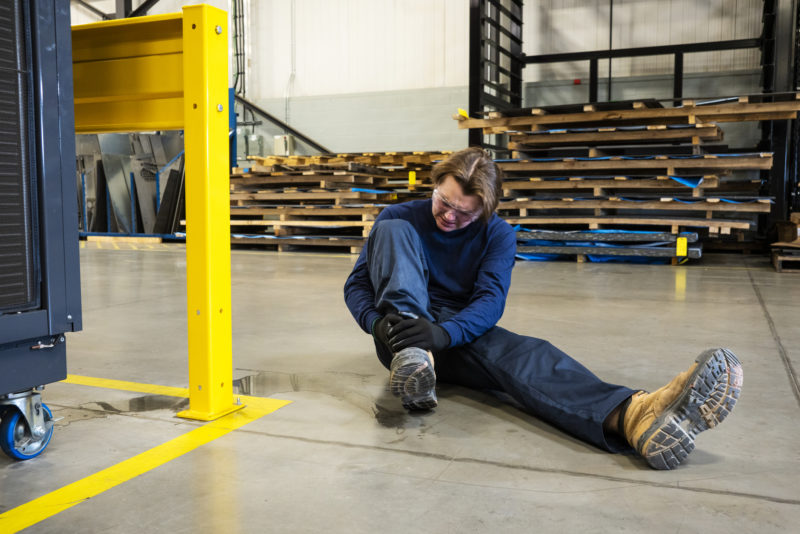The Parallels and Contrasts between Slip and Trip Accidents

Current data from the Centers for Disease Control and Prevention show that falls account for the vast majority of accidental injuries in the United States. There is an increased danger of falling with each passing decade. Many people need legal representation to help them get compensation after suffering injuries due to slips, trips, and falls.
You might hear the phrases “slip and fall” or “trip and fall” if you’ve been hurt in a fall. While both may require the services of an Atlanta premises liability lawyer, the specifics of your accident will determine which of these two categories applies to you.
Why It Matters Which Word You Choose When You Slip or Fall
Although the terms “slip” and “trip” are often used interchangeably, this is not the case when discussing personal injury claims. Attorneys handle slip-and-fall cases differently than trip-and-fall cases.
The first step in selecting how to gather evidence and handle a claim is determining its proper classification. The injured party’s eligibility for compensation may also depend on the nature of the fall that caused their injuries.
Accidents Occurring Due to Slipping and Falling
When somebody trips and falls because they were walking on something that was too slippery, we call that a slip and fall accident.
The following are examples of potentially slippery surfaces:
- Wet hard floors can be the consequence of mopping, a leak, or just dampness.
- Hard, waxed floors.
- Slip-resistant carpets
- Floozy carpeting
- Something spherical and on the ground
It’s definitely a good thing that hard floors be swept and waxed from time to time, but when we know we’re about to walk on a slippery surface, we tend to tread more gingerly than usual to avoid slipping and falling. Most slip and fall incidents occur when the victim incorrectly judges their level of traction and thus loses footing.
When a person loses their footing, their foot slides forward instead of planting firmly on the ground. A backward fall ensues as the person’s centre of gravity shifts rearward.
Because of the way a slip and fall accident causes the body to tumble backwards, the following injuries are common:
- Ankle and wrist sprains
- Dislocation of the shoulder
- Suffering from a Back Ailment
- Head trauma injuries
- Nerve and spinal cord injury
- Pain in the hips
In some cases, victims of slip-and-fall accidents may suffer visible wounds, but more often than not, the interior injuries are far more serious.
